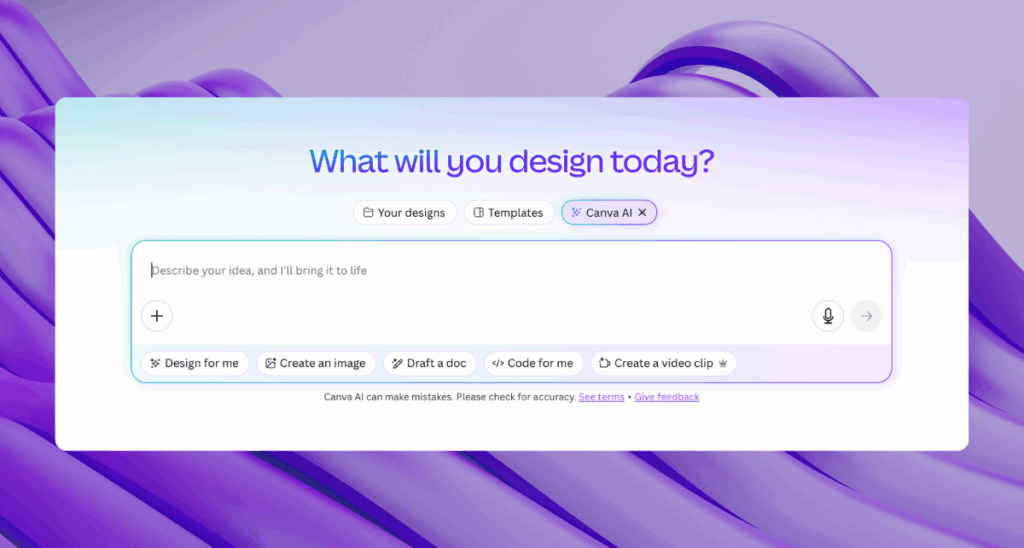If you’re a business that’s online, one thing is for sure: you have data pouring in from a million different channels. The key to truly understanding your audience lies in breaking down the silos between these different channels; creating a comprehensive map of your digital footprint. But where to begin? Here are four steps to get you started:
Centralize Your Data (Really)
To truly understand your audience and create effective marketing strategies, it’s essential to centralize all the data gathered from various channels. Many businesses collect data from paid ads, social media, organic search, email campaigns, and more. By breaking down the silos between these channels and bringing all the data together into a comprehensive map of your digital footprint, you gain a holistic view of your audience’s interactions and behaviors.

Source: HubSpot
An enterprise-level customer relationship management (CRM) system like Salesforce, HubSpot, or Pipedrive is recommended for this purpose. These platforms allow you to store, manage, and analyze data related to customer interactions, leads, conversions, and more. With a centralized data repository, you can create robust reports that provide insights into lead attribution, lead response time, marketing campaign performance, customer interactions, and other critical metrics.
Segment and Target Your Audience Accordingly
Once your data is centralized, the next step is to segment and target your audience based on specific characteristics, behaviors, or preferences. By dividing your audience into distinct segments, you can tailor your marketing efforts to cater to their individual needs and interests. Targeted segmentation enables you to deliver personalized content, offers, and messages to the right audience at the right time, increasing the chances of engagement and conversion.
For instance, you can segment your audience based on demographics, purchase history, website interactions, engagement level, or any other relevant criteria. Then, you can create custom marketing campaigns and content that resonate with each segment, fostering a stronger connection with your audience.
Share Great Content
With your data centralized and your audience segmented, it’s time to create and share compelling content. Great content is the backbone of any successful audience-first marketing strategy. It should be engaging, valuable, and relevant to the needs and interests of your target segments.
Depending on the preferences and behaviors of your audience segments, you can create various types of content, such as blog posts, videos, infographics, social media posts, newsletters, podcasts, and more. The key is to provide content that not only educates and entertains but also addresses the pain points and challenges your audience faces.
Sharing great content helps to establish your brand as an authority in your industry and builds trust with your audience. As a result, your audience is more likely to engage with your content, share it with others, and become loyal customers or clients.
Subscribe to our Newsletter
Get exclusive strategies and insider insights to boost your influence.
Measure Your Results
No marketing strategy is complete without proper measurement and analysis of results. After implementing your audience-first marketing approach, it’s crucial to measure the effectiveness of your campaigns and initiatives. Tracking key performance indicators (KPIs) and metrics allows you to understand what works and what doesn’t, enabling you to make data-driven decisions for continuous improvement.
Some essential metrics to measure may include website traffic, conversion rates, click-through rates (CTRs), engagement levels, lead generation numbers, customer acquisition cost (CAC), and customer lifetime value (CLV). With these insights, you can identify areas of success and areas that require optimization, allowing you to refine your marketing approach and maximize your return on investment (ROI).
By following these four steps and consistently iterating based on the data and feedback received, you can master the audience-first marketing approach. Prioritizing your audience’s needs, preferences, and interests will not only elevate your digital marketing game but also foster strong, lasting relationships with your customers, leading to sustainable business growth.
Never Miss a Chance to Get Ahead
Every leader needs a trusted team of strategic advisors as they navigate challenges in a rapidly changing world. Experience firsthand how the right team can make an impact on your brand and business performance – to request a consultation today, Contact Us.





